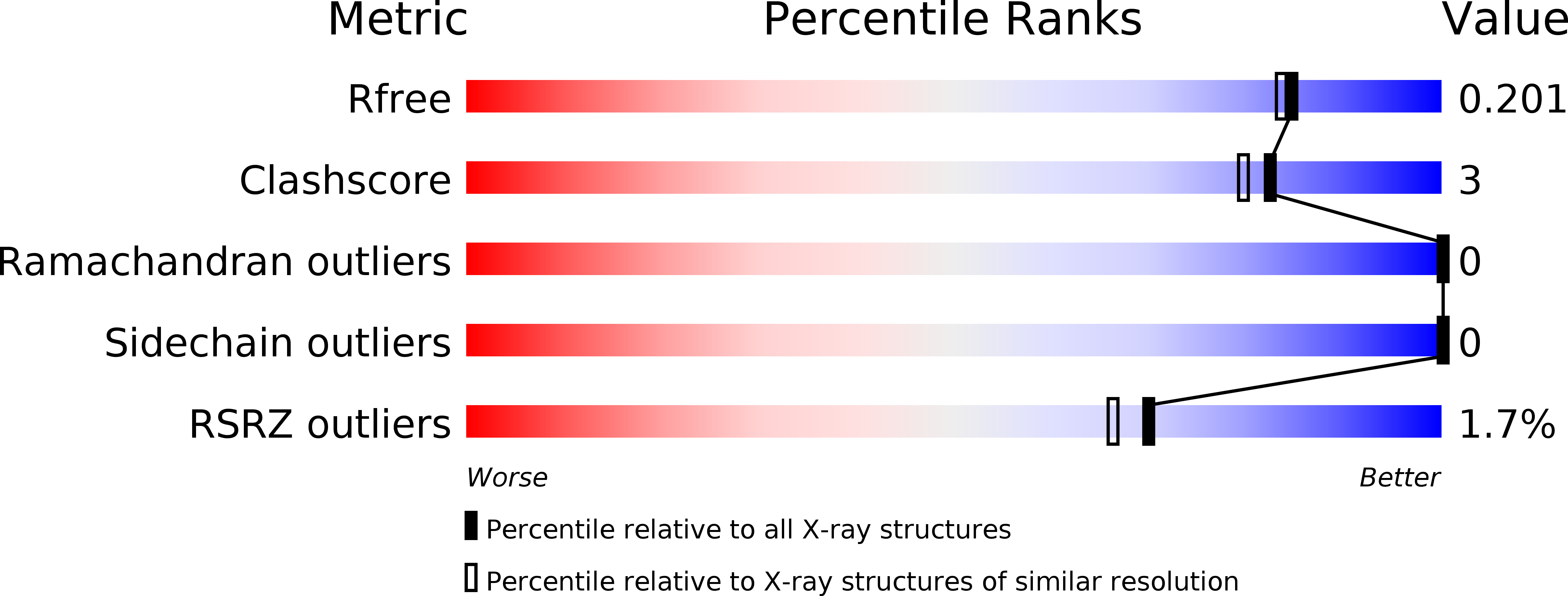
Deposition Date
2019-04-22
Release Date
2020-03-25
Last Version Date
2023-10-11
Entry Detail
PDB ID:
6ONT
Keywords:
Title:
Structure of the Francisella response regulator 1452 receiver domain
Biological Source:
Source Organism:
Host Organism:
Method Details:
Experimental Method:
Resolution:
1.80 Å
R-Value Free:
0.20
R-Value Work:
0.18
R-Value Observed:
0.18
Space Group:
I 41 3 2


